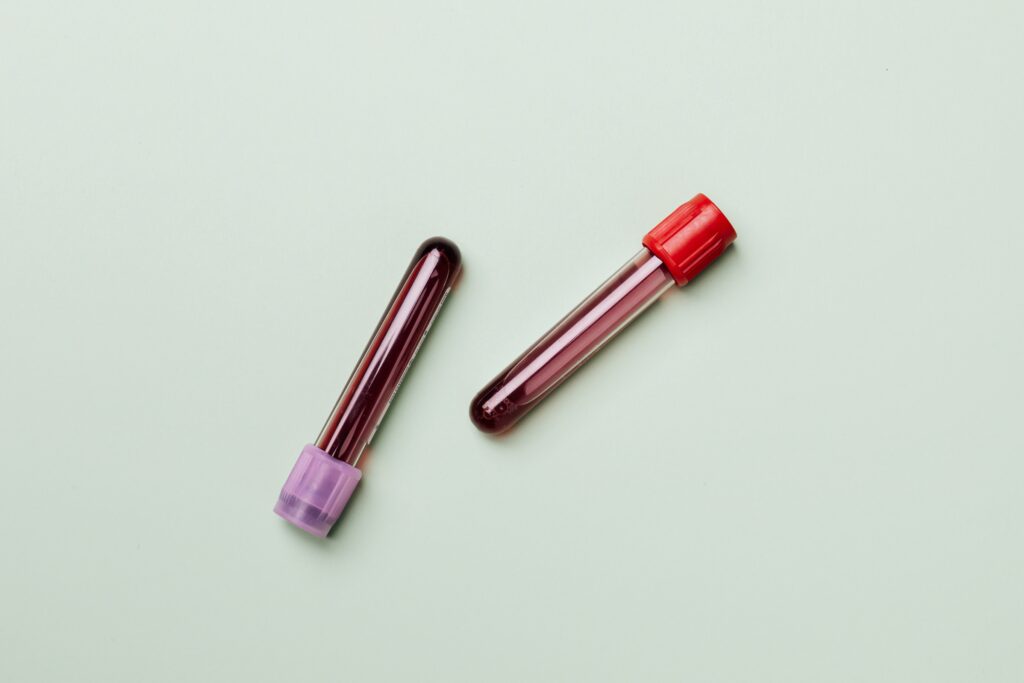By Manuela Boyle, ND, Clinical Nutritionist
Imagine waking up every morning to the sound of your alarms, excited and happy to start a new day. When you look in the mirror you admire your body. Everyone tells you how great you look and asks what your secret is. Sound too good to be true? If you, like many other women, don’t feel this way, you may have a hormonal imbalance.
Research has demonstrated that over 40 percent of women have an un-diagnosed under active thyroid gland. If you feel tired all the time, crave sugar, use alcohol and coffee to lift yourself up, retain weight around the middle and feel the cold, you could be suffering from this problem…
What does the thyroid do and what does this mean for you?
The thyroid gland is the major player in controlling how many calories your burn. It produces hormones that control the body’s metabolism. If your thyroid is underactive (hypothyroidism), it is almost impossible to lose the weight around you middle, no matter how many carbs you cut out or how many hours you spend on the treadmill.
Blood testing
Current blood testing methods do not tell the whole story. Blood tests (TSH) can only measure how much thyroid hormone you have in your blood. It does not measure how well your hormones are working. So, if you do have a thyroid problem, it may not always be picked up.
The thyroid makes three hormones that it secretes into the bloodstream. Two of these hormones, called thyroxine (T4) and triiodothyronine (T3), increase your body’s metabolic rate
The other hormone helps to control the amount of calcium in the blood.
In order to make T3 and T4, the thyroid gland needs iodine, a substance found in the food we eat. T4 is called this because it contains four atoms of iodine. T3 contains three atoms of iodine.
In the cells and tissues of the body most T4 is converted to T3. T3 is the more active hormone; it influences the activity of all the cells and tissues of your body.
The activity of the thyroid is controlled by hormones produced by two parts of the brain, the hypothalamus and the pituitary. The hypothalamus receives input from the body about the state of many different bodily functions. When the hypothalamus senses levels of T3 and T4 are low, or that the body’s metabolic rate is low, it releases a hormone called thyrotropin-releasing hormone (TRH). TRH travels to the pituitary via the connecting blood vessels. TRH stimulates the pituitary to secrete thyroid-stimulating hormone (TSH).
T4 is important to determine how the thyroid is functioning, and tests to measure this are called the Free T4 (FT4) and the Free T4 Index (FT4I or FTI).
T3 tests are often useful to diagnosis hyperthyroidism or to determine the severity of the hyperthyroidism. Patients who are hyperthyroid will have an elevated T3 level. Situations, such as during pregnancy or while taking birth control pills, high levels of total T4 and T3 can exist. This is because the estrogens increase the level of the binding proteins.
You if you have been diagnosed with hypothyroidism or hyperthyroidism, it might be due to the fact that you are making antibodies against your thyroid thyroid that either stimulate or damage the gland. Two common antibodies that cause thyroid problems are directed against thyroid cell proteins: thyroid peroxidase and thyroglobulin.
How does it work?
TSH is released from the pituitary into the bloodstream and travels to the thyroid gland. Here TSH causes cells within the thyroid to make more T3 and T4. T3 and T4 are then released into the bloodstream where they increase metabolic activity in the body’s cells.

